What Animals Live In The Andes Mountains?
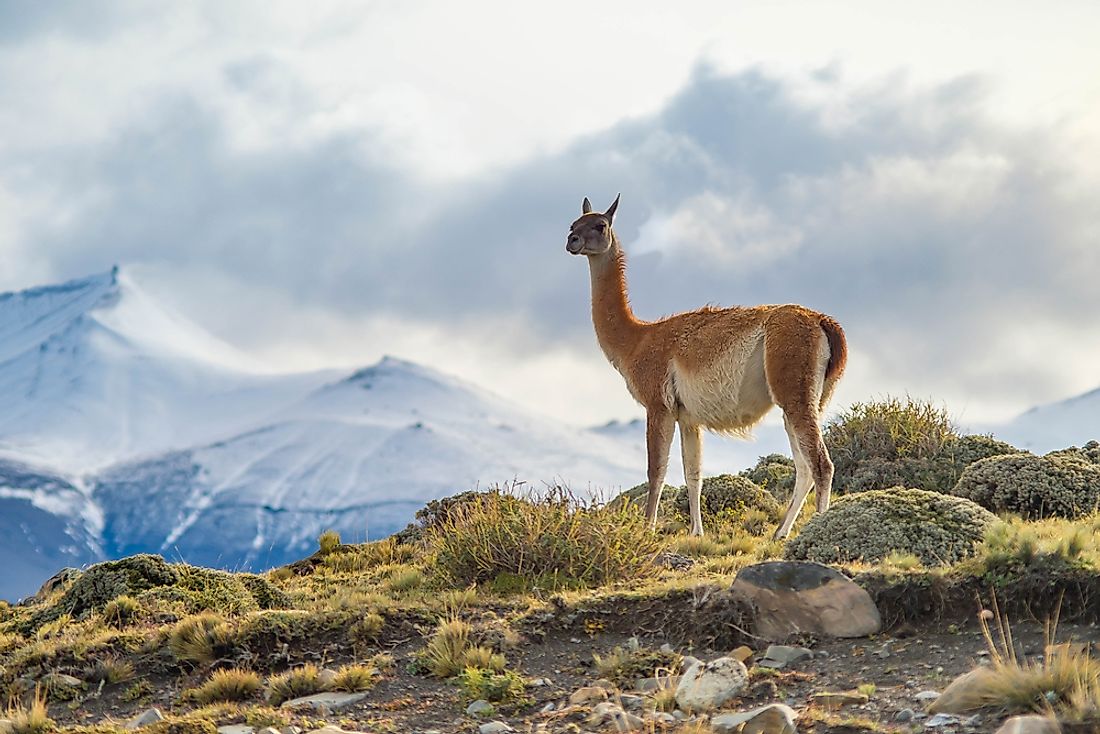
The Andes Mountains of South America runs through seven countries of the continent in a north to south direction from Venezuela to Chile. It is the world’s longest continental mountain range. The Andes provides a unique ecosystem with rich species diversity. Roughly about two-thirds of the Andean species are endemic to the region. Of the 600 species of mammals living in the region, 13% are endemic in nature. 45% of the 600 species of reptiles living here are also endemic. The mountains also serve as the home of about 1,700 species of birds and 400 species of fish of which nearly one-third are endemic. Here, we enlist some of the most notable mammalians of the Andes.
11. Guanaco
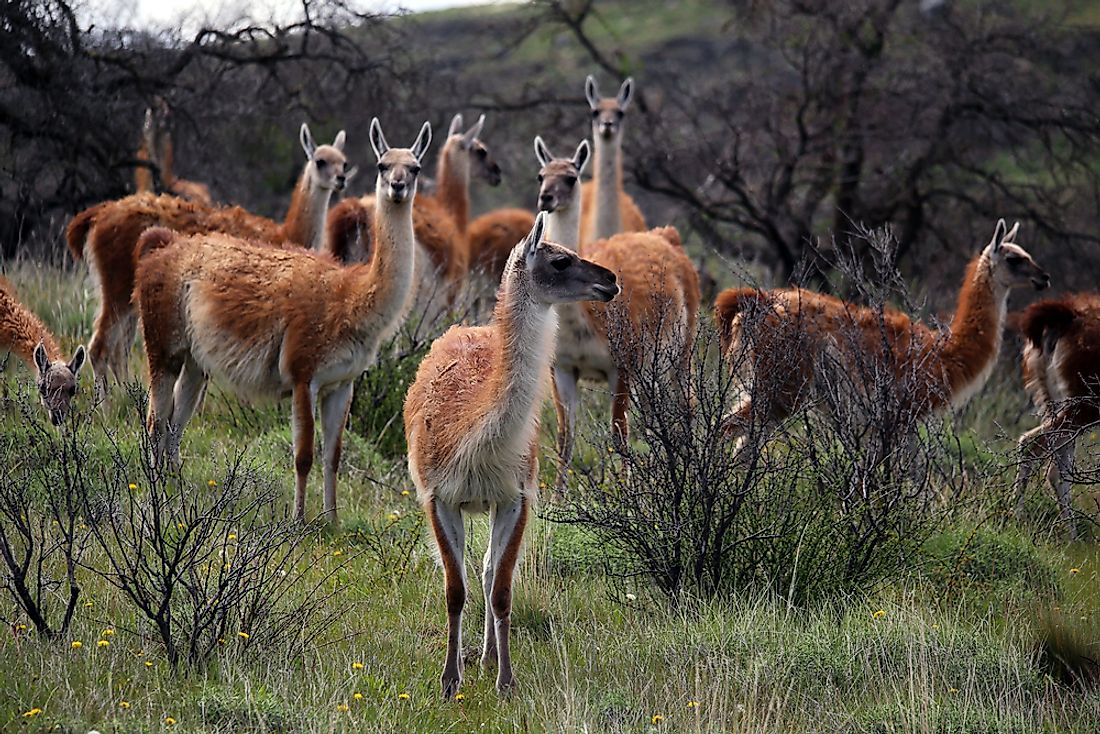
The guanaco is one of the most common animals living in the Andes region. This camelid species (Lama guanicoe) is about 1.0 to 1.2 meters tall. Guanacos live in herds of females with their offsprings led by a dominant male. The male protects the group from intruders and threats. The thick skin on the neck of these animals protects them against attacks by the predators. The life span of these animals varies between 20 and 25 years. Legal hunting of the guanacos is allowed in some parts within their range. Guanaco fiber and wool are known to be of excellent quality.
10. Chinchillas
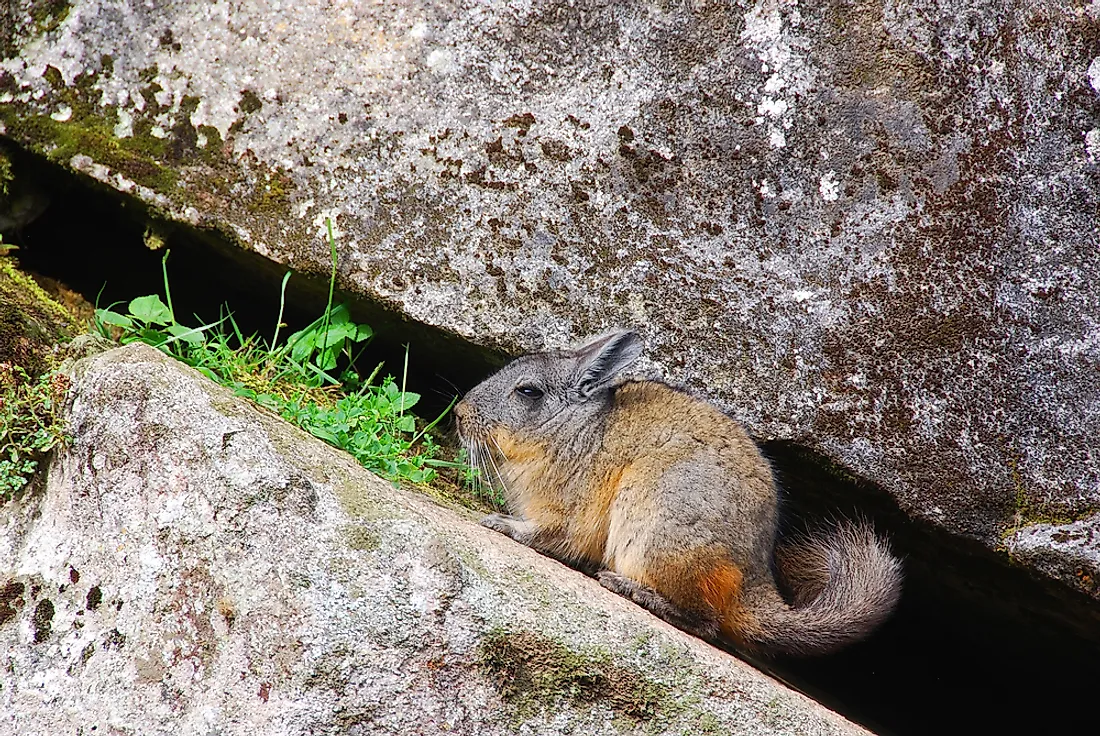
Chinchillas are native rodents of the Andean region of South America known for their fur which is the second densest fur among all land mammals. These rodents have a crepuscular nature and can live at altitudes of up to 14,000 feet. Although once the population of the chinchillas was widespread, today, only Chile has a significant population of these animals. Overhunting for fur is the primary reason affecting the wild chinchilla population. IUCN classifies both the species of chinchillas (the long-tailed chinchilla and the short-tailed chinchilla) as endangered.
9. Alpaca
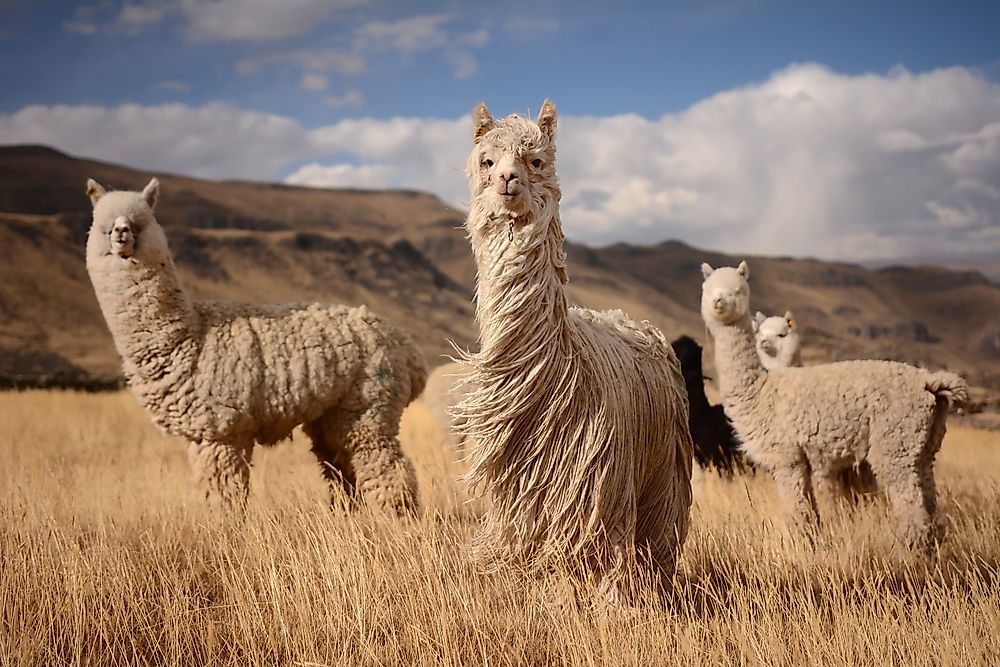
The Vicugna pacos, more commonly known as the alpaca, is a domesticated camelid species living in South America. The animals are mainly bred for their fiber which is used to make knitted and woven products like shawls, socks, sweaters, gloves, hats, etc. The Huacaya alpaca and the Suri alpaca are the two breeds of the alpaca. The alpacas live in herds and graze at altitudes between 3,500 meters and 5,000 meters. These animals are distinguished from llamas by their smaller size.
8. Llama
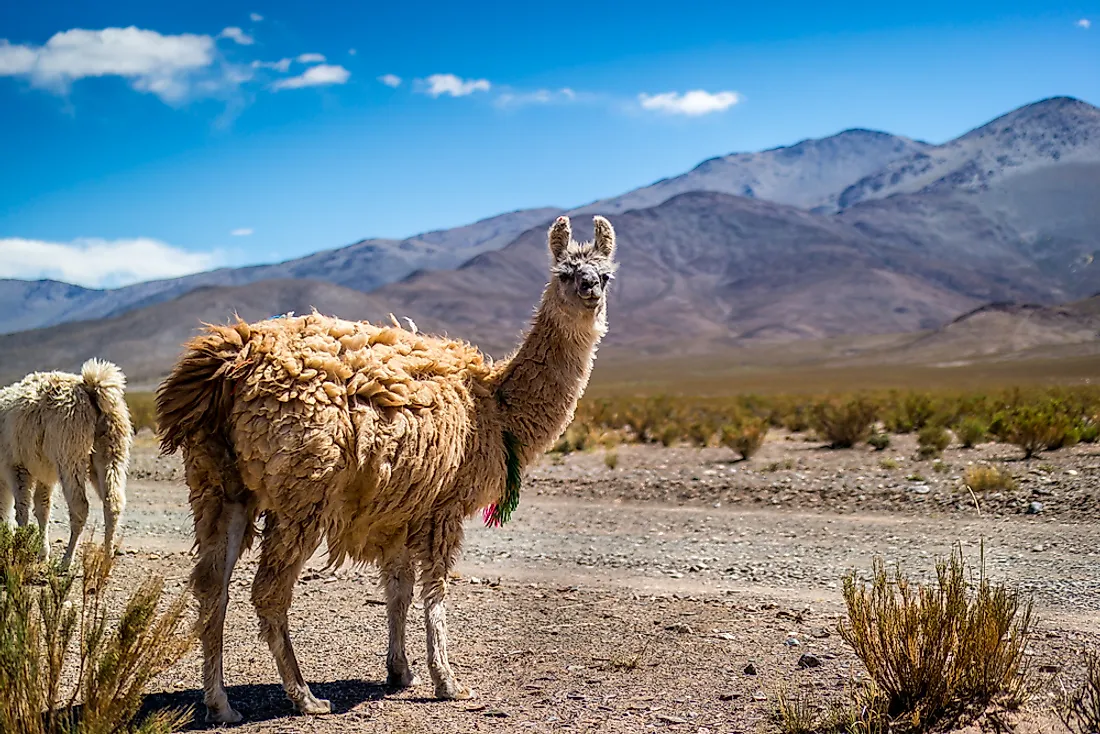
For centuries, the Lama glama has been closely associated with the Andean cultures. It is a domesticated camelid species that serves as both a pack animal and a source of meat in the region. The llama can grow up to about 1.7 to 1.8 m. The life-span of the animals vary between 15 and 25 years. Llamas are known to be social animals and peacefully co-exist in large herds. They are also praised for their intelligence and are quick learners.
7. Taruca And Huemul
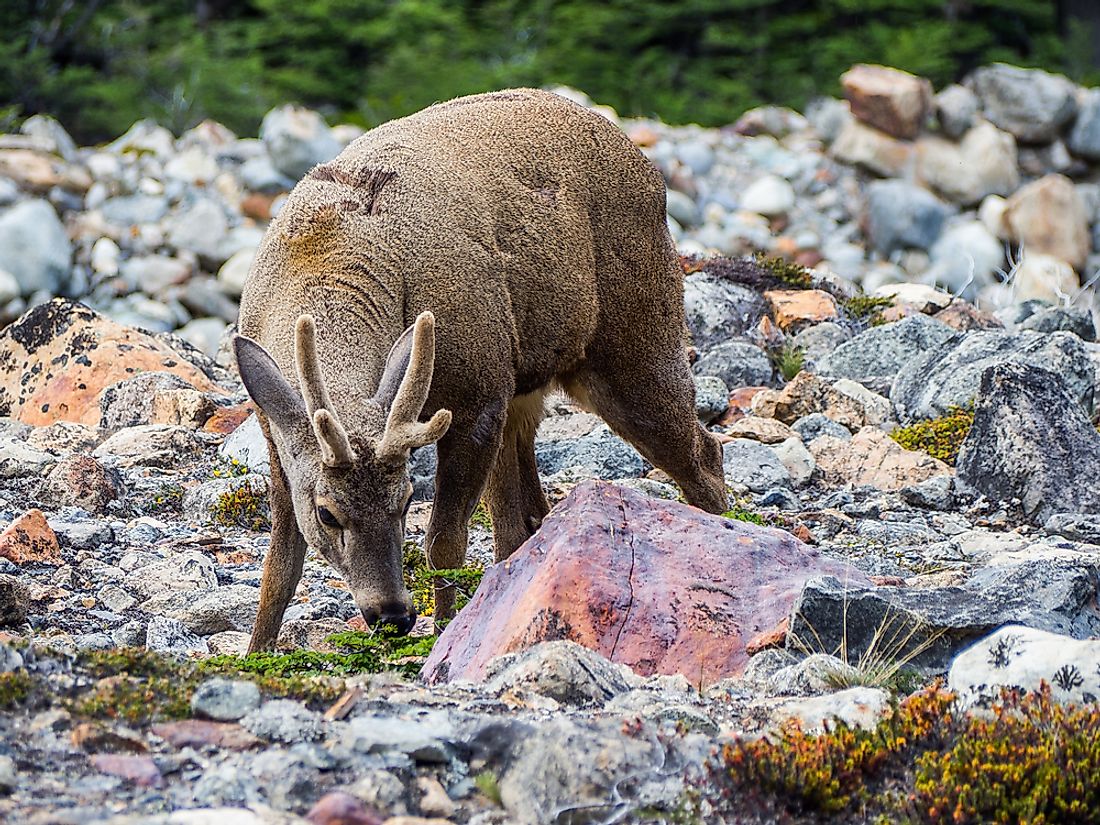
Two species of deer, the taruca and the huemul live in the Andean mountains of South America. More specifically, the former lives mainly in Peru and Bolivia while the latter can be spotted in Argentina and Chile. These animals are characterized by well-built, stocky body with short legs. They live at high altitudes during summer but move to the sheltered valleys during autumn where they spend the winter. These deer feed on herbs, shrubs, grasses, lichens, etc. They can live up to about 10 years. Poaching, habitat loss, habitat fragmentation, and the introduction of non-native species threaten the survival of these endangered animals.
6. Yellow-tailed Woolly Monkey
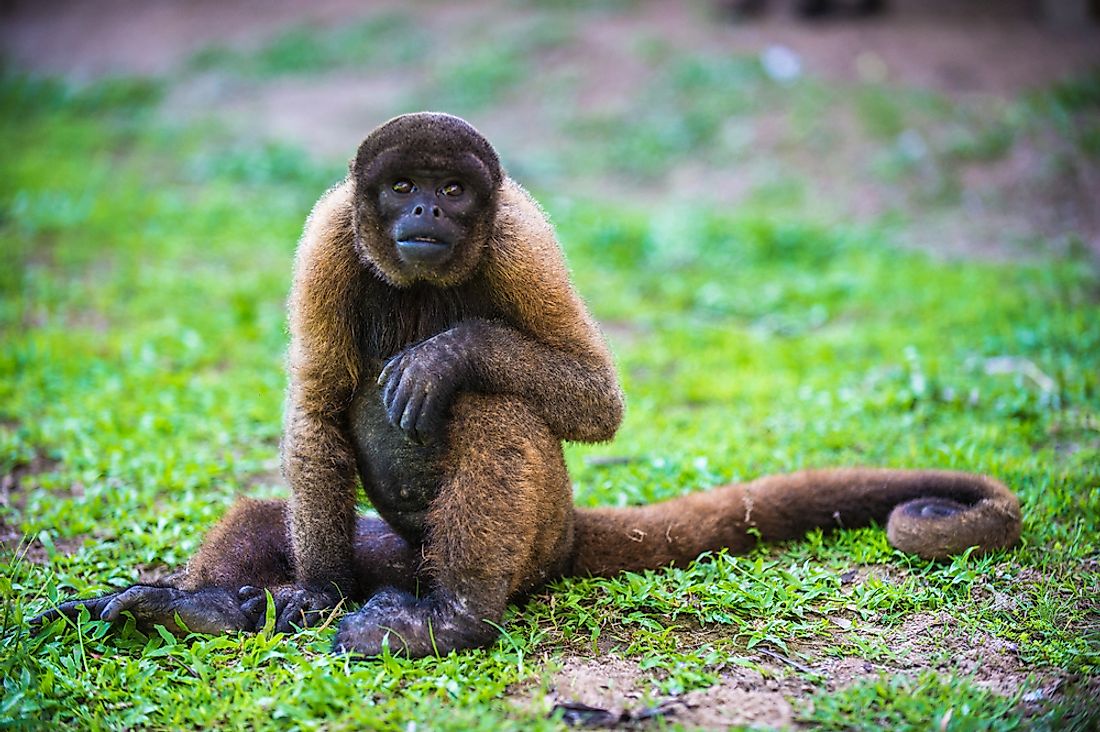
The Oreonax flavicauda is an endemic Peruvian primate species. It is a critically endangered species numbering only around 250. These monkeys inhabit the cloud forests of the Andes where steep mountains, deep gorges, and dense forests constitute their habitat. They live at elevations ranging between 1,500 to 2,700 meters. Due to human encroachment and developmental activities, the habitat of the monkey has been considerably reduced and fragmented leaving small, reproductively isolated populations scattered within the range of the species. The yellow-tailed woolly monkeys are primarily frugivorous in nature and are one of the few animals that exhibit geophagy or the habit of eating soil.
5. Spectacled Bear
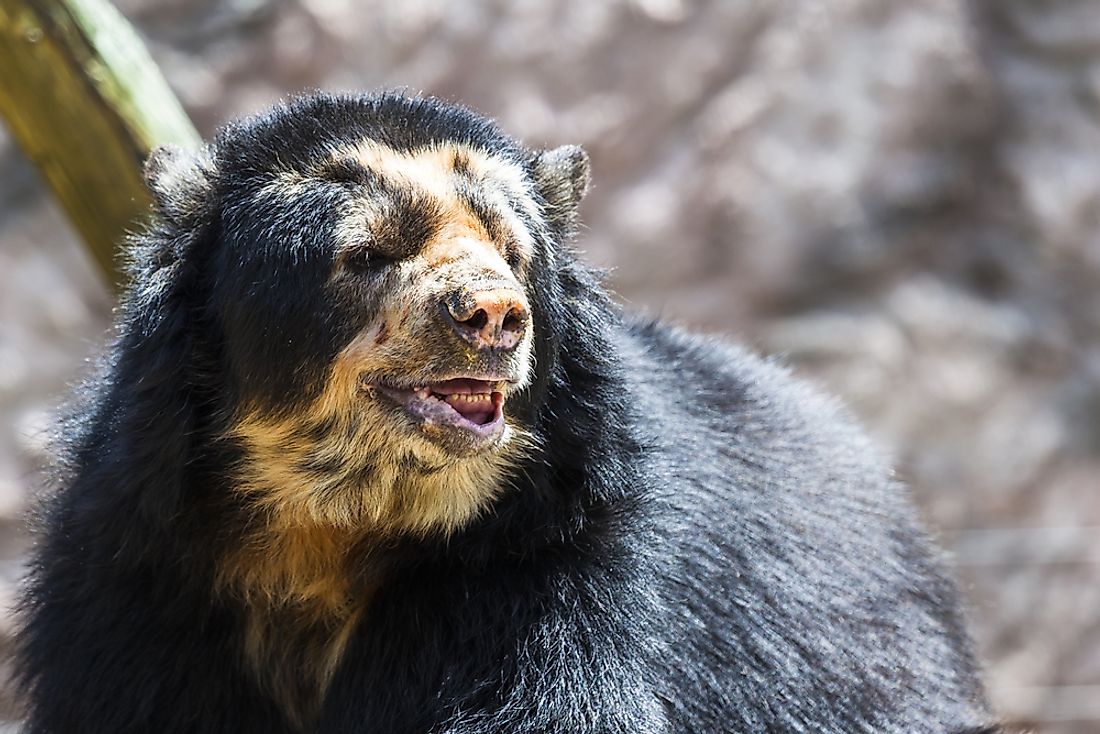
The Andean bear or the spectacled bear (Tremarctos ornatus) is the only bear species living in South America. The animal is one of the largest land mammals of South America. Although it is omnivorous by nature, only 5% of the diet of this species consists of meat. The spectacled bear inhabits a wide range of habitats within its range including the high-altitude grasslands, scrub forests, and cloud forests of the Andes. They are usually found at altitudes above 1,900 meters although some populations have been found to live at altitudes as low as 250 meters. The animals are labeled as “Vulnerable” by the IUCN as habitat loss and habitat fragmentation threaten the stability of the bear population.
4. The South American Foxes
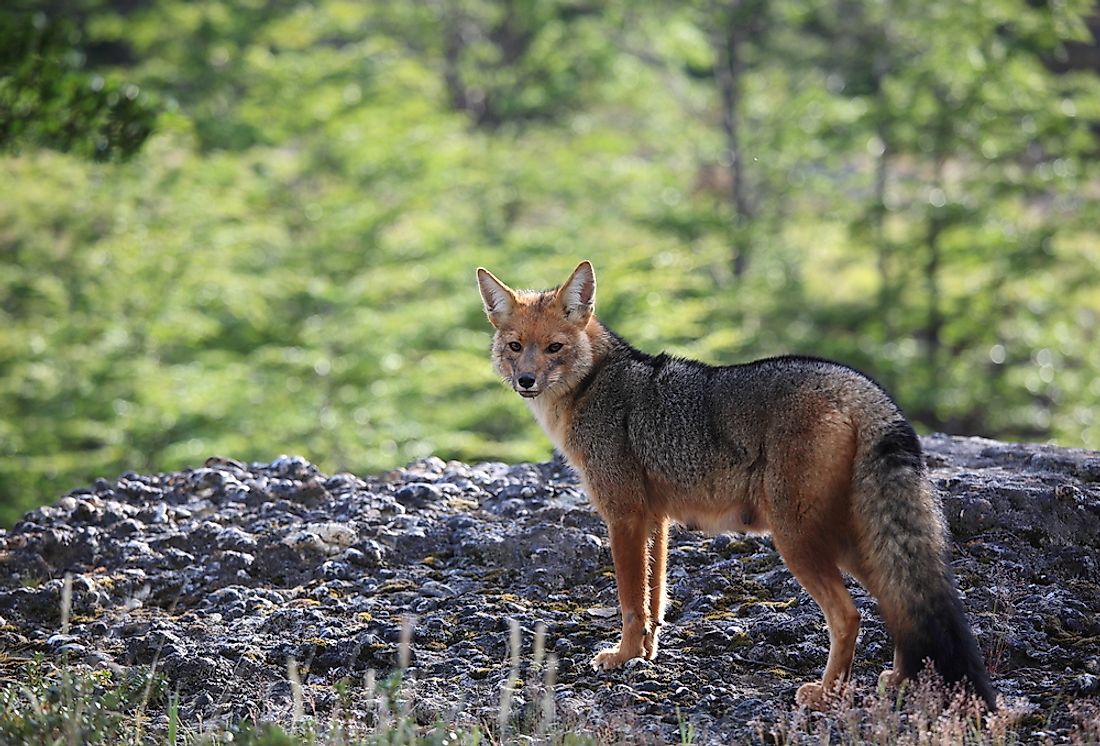
The members of the genus Lycalopex are fox-like canids found in the Andean region of South America. The most common among the six species of this unique canid group is the South American gray fox. Others include the Andean fox, Pampas fox, Hoary fox, Darwin’s fox, and the Sechuran fox.
3. Guinea Pig
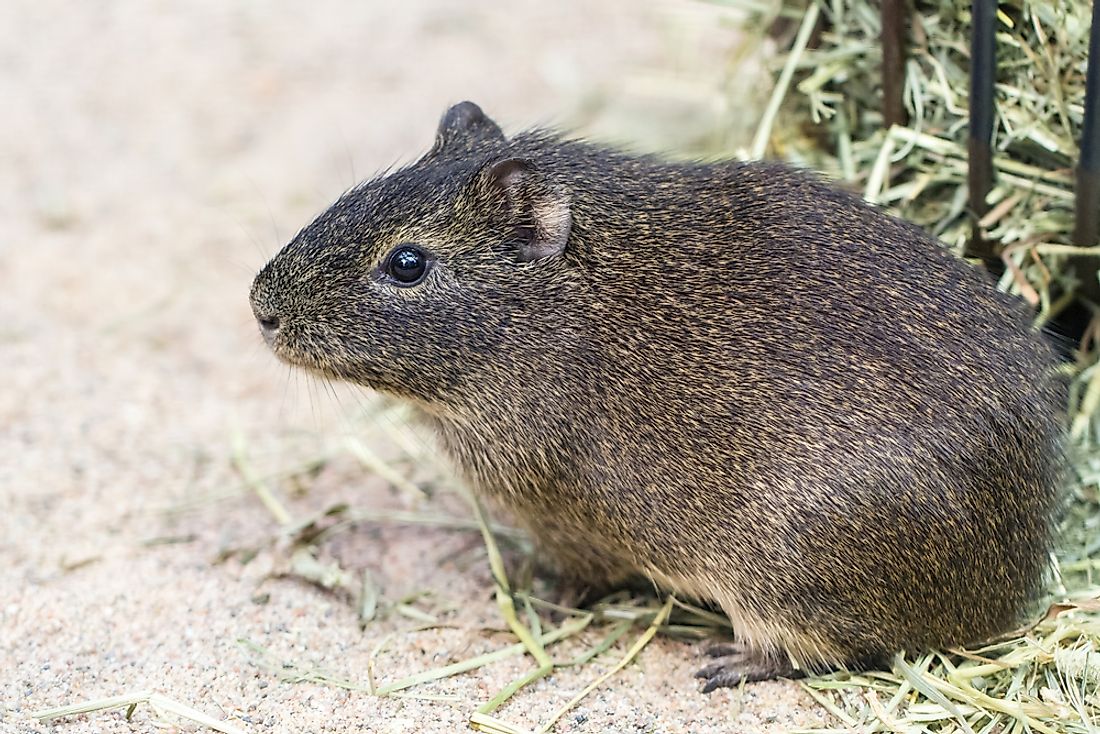
The favorite pet of many across the world and also an important laboratory animal, the guinea pig originated in the South American Andes. The guinea pig was domesticated by the early indigenous South American people. The animal occupied a special place in the region’s folk culture and was used primarily as a food source and for the preparation of folk medicine.
2. Mountain Tapir
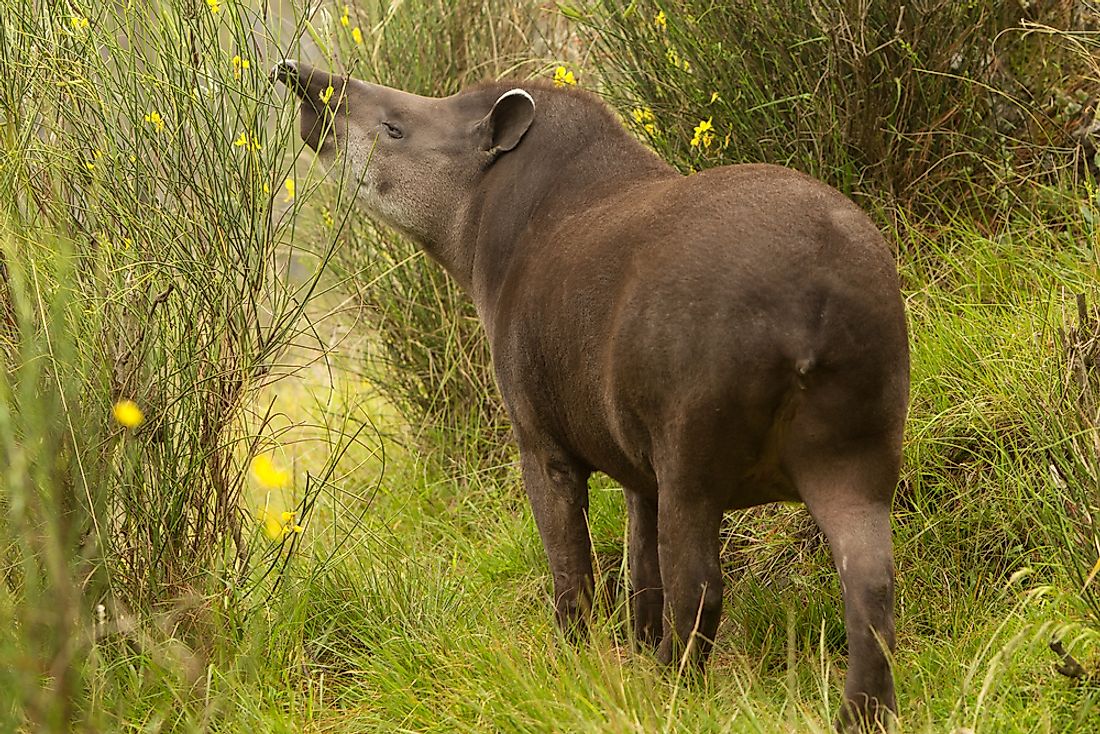
The Tapirus pinchaque or the mountain tapir lives in the mountains of the Andes. The tapir is the second smallest among the five tapir species of the world and is easily distinguished by its thick woolly coat. It is recognized as a keystone species of the Andes mountains where the animal acts as an efficient seed disperser. The animals are herbivorous and crepuscular by nature.
1. Vicuña
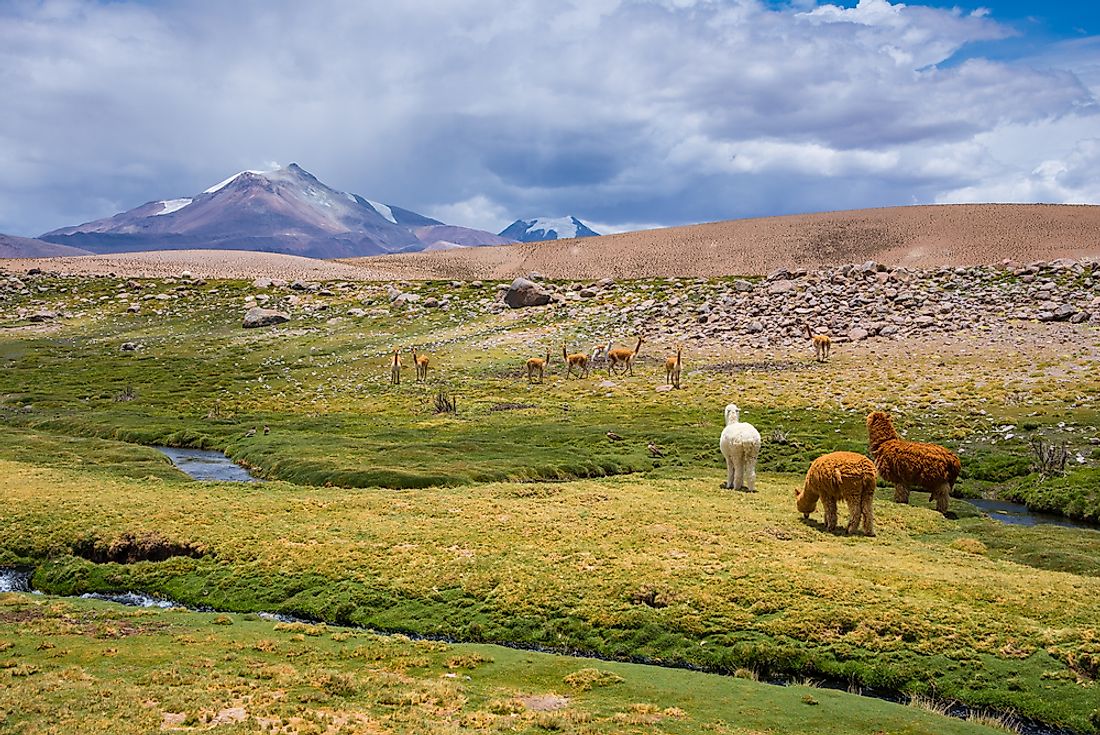
A wild camelid species living in the Andean mountains, the Vicugna vicugna is Peru’s national animal. The animal is known for its wool which is produced in very small amounts but is of extremely fine quality. In the past, only those from the royal households were allowed to wear vicuña garments. The animals are currently protected from hunting by law. However, for a significant period in the past, the animals were hunted down indiscriminately which resulted in a drastic decline in their population to only about 6,000 by 1974. After massive efforts made to conserve the species, the vicuña population has recovered to about 350,000. The animal lives mainly in the central Andes with Bolivia having the largest population. They live at altitudes ranging from 3,200 to 4,800 meters. Low grasses constitute their primary diet. The vicuñas are shy by nature.











